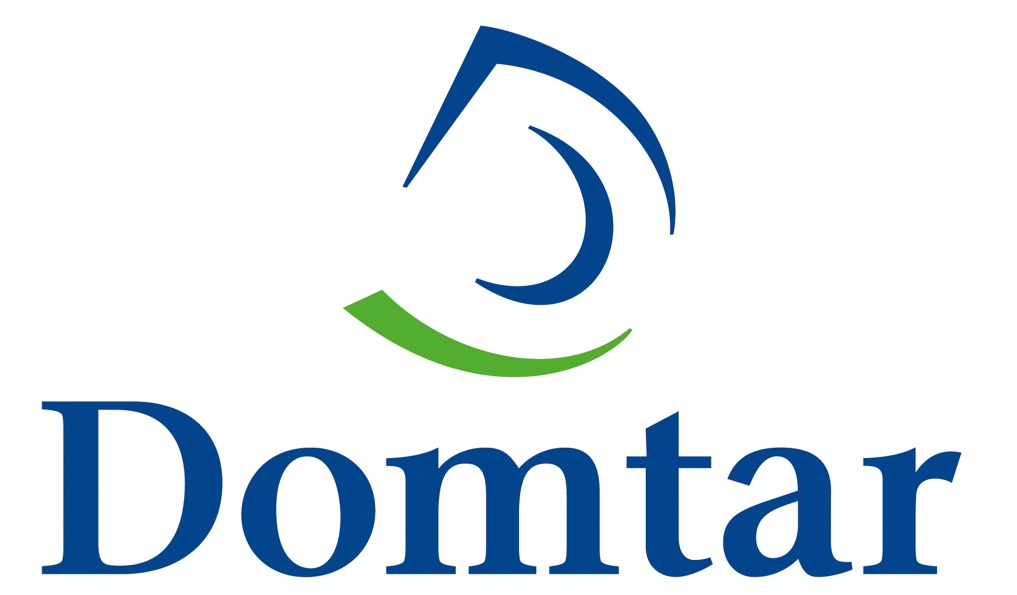Protecting a Forest Across Generations
Landowner Stacey Locke on responsibly managing her family's land
Protecting a forest across generations
This content originally appeared on WWF.
A brown paper bag. It is a symbol of the environmental movement to me. I was five years old on a day in 1964 when my grandmother, Mama Nette, handed me a bag before we left her house in Arkansas to take a walk in the woods.
The forest—owned by our family—was cool, dark green, quiet and peaceful. The only sound was that of birds and rustles in the brush. The most vibrant colors were from the red berries hanging from a vine, white and purple wildflowers pushing up through the underbrush, and leaves on the old-growth hardwood trees.
I picked some of the berries, flowers and leaves and put them in my bag. I added a blue shell from a robin’s nest and pecans Mama Nette used later to make a pie.
As we neared the end of our walk, we passed a grove of young, spring green pine saplings. Mama Nette told me they were planted in 1959, the year I was born.
“I planted this for you,” Mama Nette said. “These trees will grow with you. We will take care of these trees, treat them with respect and care, replant and make sure they sustain through the hardships they may face, just as we will do with you.”
I placed some of the pine needles in my bag and told her I would always take care of these special trees.
Nearly 50 years later, I stood on that same land with my father and staff from WWF, Domtar Corporation, and the Rainforest Alliance—all who had guided us through the process of getting our land certified by the Forest Stewardship Council (FSC). On that day, we were there to witness our first truckload of FSC--certified wood be harvested and tagged.
The FSC certification means that the forest that my grandparents loved so much and taught us to love is managed in the most responsible way possible. The land is not clear cut, for example, and the trees are not harvested in a way that creates erosion along our river banks.
We are doing our part, in other words, to save the world’s forests so they remain healthy for the wildlife and people who depend on them. Forests all over the world, including in Arkansas, face threats every day (from climate change, development, agriculture and more) that are causing them to be lost or degraded at faster rates than Mama Nette could have ever imagined.
As I watched my father place a tag numbered “001” on one of the loads of pine trees, I felt some sadness at the thought of cutting down the trees. But I was proud, as this load was special. It was not just our first harvest of FSC-certified wood, but it was the first FSC harvest to come from the southeastern US forests. We continue to produce FSC-certified wood and sell it to companies, such as Domtar, who uses it to produce FSC-certified paper. And, with funding and guidance from Domtar and WWF, we are helping to spread the word about FSC. More than 50 landowners in our area have received FSC certification since we got our certification in 2012—bringing the total amount of FSC-certified land in the area to nearly 70,000 acres.
I knew that my Mama Nette and those who had come before would be proud too. And as I watched that truck rumble down the dirt road I thought to myself, “I wonder if one of those trees will become a brown paper bag?”
Do your part. Shop smart to save forests.



